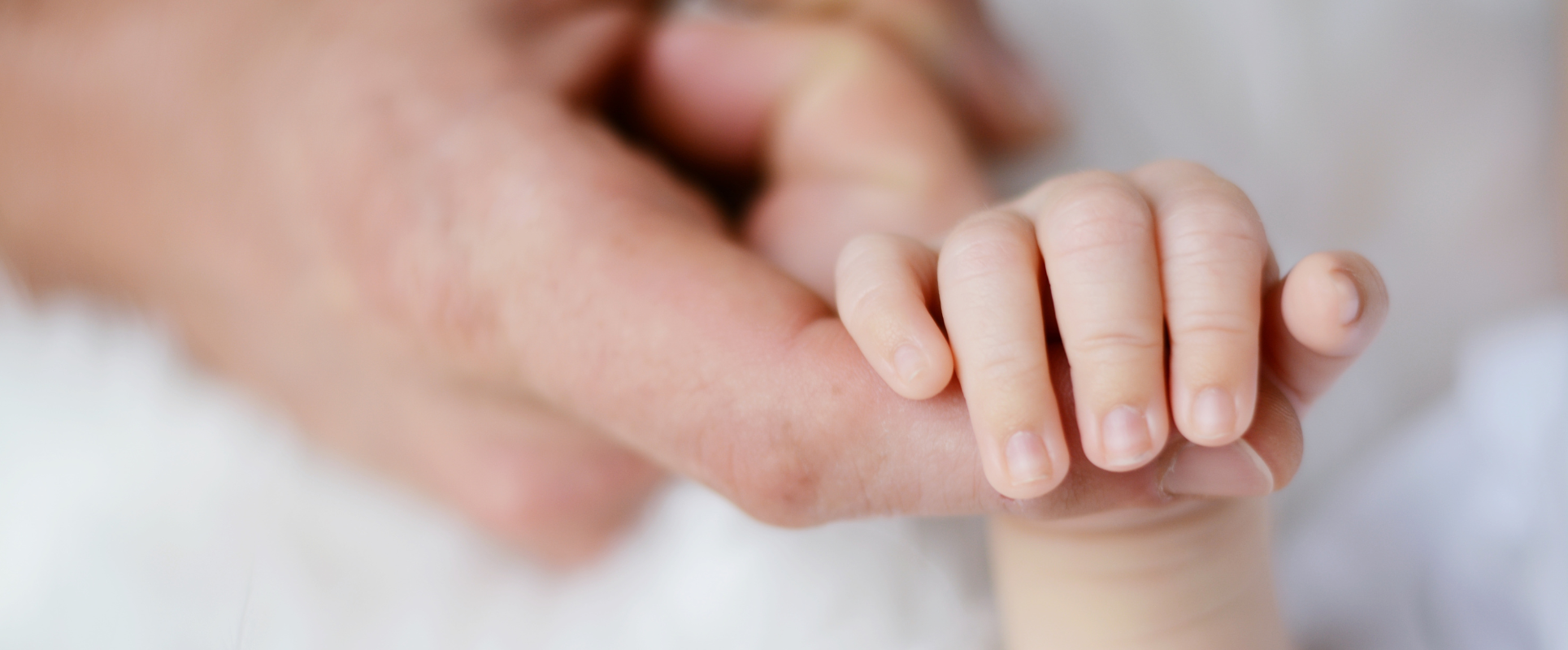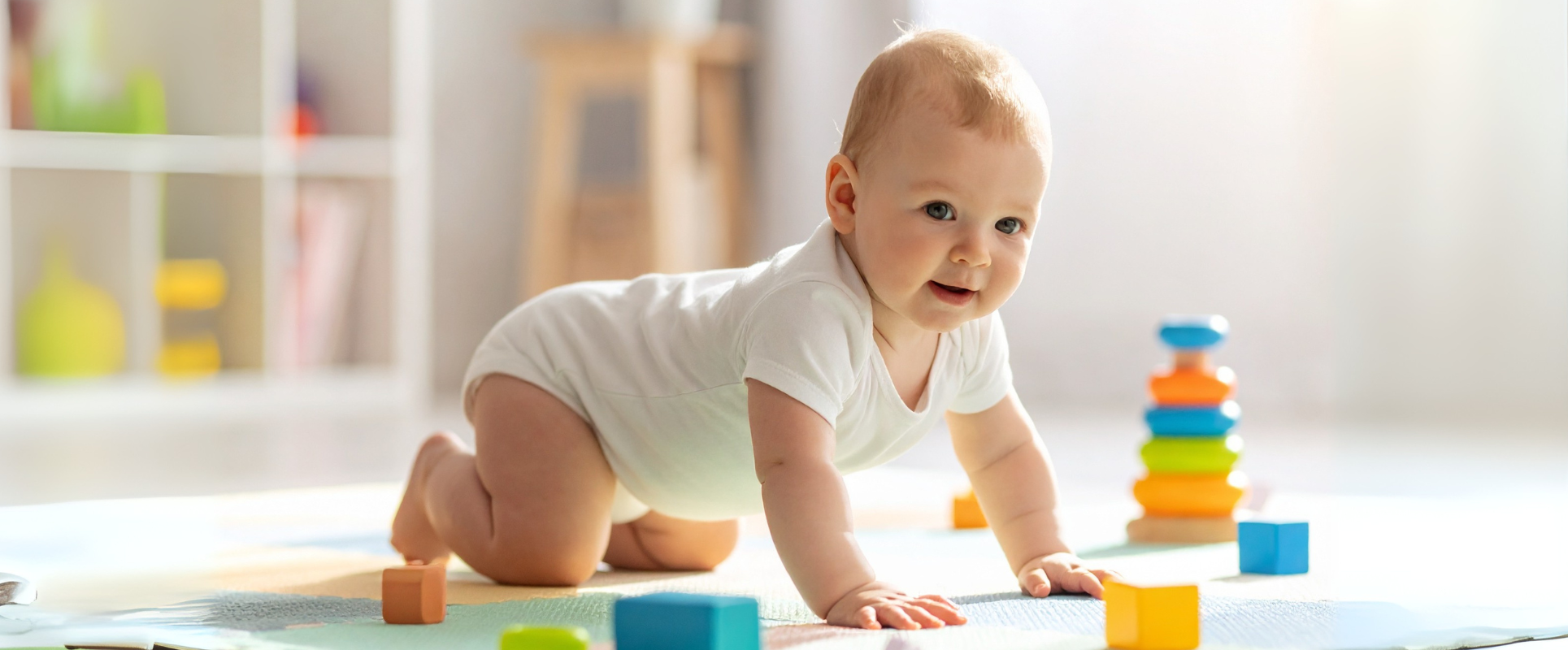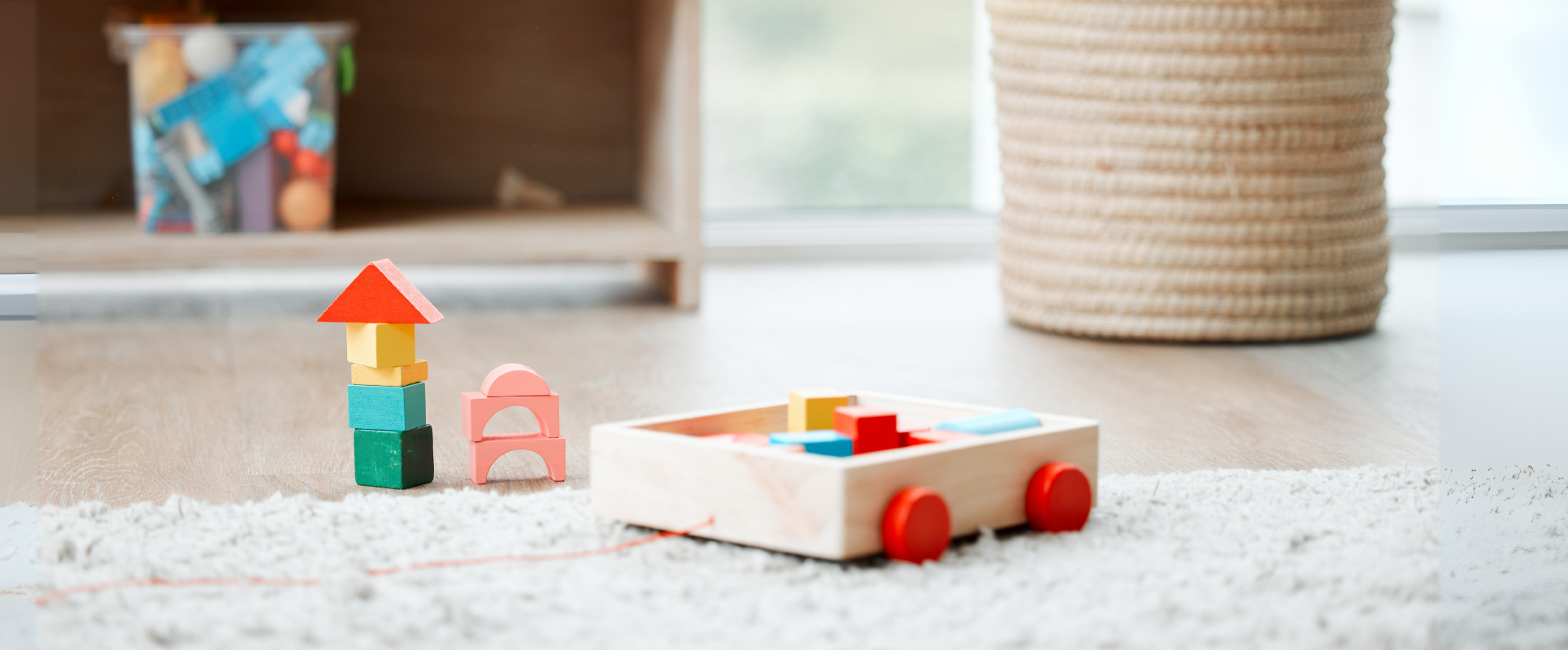
Understanding Newborn Reflexes: Grasping, Sucking and Startle
From the moment a baby is born, their body is equipped with remarkable reflexes. These reflexes are automatic responses that help babies adapt to life outside the womb, protect them from harm and support early development.
Among the most noticeable are the grasp reflex, the sucking reflex and the startle reflex. Understanding these natural behaviors can reassure parents that their baby’s nervous system is developing normally and guide them in providing the best care.
1. What Are Newborn Reflexes?
Reflexes are involuntary movements triggered by specific stimuli. They are controlled by the brainstem and spinal cord, rather than conscious thought.
Why They Matter
-
Signs of healthy development: Reflexes show that the baby’s nervous system is working properly.
-
Temporary in nature: Most newborn reflexes appear at birth and fade as the brain matures.
-
Guidance for doctors: Pediatricians check reflexes during routine visits to track development.
2. The Grasp Reflex (Palmar Reflex)
What It Is
When you place a finger or object in your baby’s palm, they will instinctively wrap their tiny fingers around it. This is known as the grasp reflex.
Purpose
-
Strengthens hand muscles.
-
Encourages bonding when a baby holds a parent’s hand.
-
A precursor to voluntary movements like reaching and holding toys.
Timeline
-
Appears: At birth.
-
Strongest: During the first 2 months.
-
Disappears: Around 5–6 months, replaced by voluntary grasping.
3. The Sucking Reflex
What It Is
When something touches the roof of a baby’s mouth, they instinctively begin sucking. This reflex is vital for feeding.
Purpose
-
Ensures newborns can breastfeed or bottle-feed effectively.
-
Supports nutrition and growth.
-
Helps soothe babies since sucking is comforting.
Timeline
-
Present: At birth.
-
Matures: Within the first few weeks as coordination with swallowing and breathing improves.
-
Becomes voluntary: By about 4 months of age.
4. The Startle Reflex (Moro Reflex)
What It Is
If a baby hears a loud noise, feels a sudden movement, or senses a loss of support, they may throw out their arms and legs, then quickly pull them back in. This is the startle reflex.
Purpose
-
Protective response to potential danger.
-
Signals the baby’s nervous system is responding properly.
-
Often accompanied by crying.
Timeline
-
Present: From birth.
-
Peaks: In the first 2 months.
-
Disappears: By 4–6 months as the nervous system matures.
5. Why These Reflexes Are Important
For Parents
-
Provide reassurance: Reflexes confirm healthy brain and nerve development.
-
Encourage bonding: Interacting with reflexes (like holding a baby’s grasp) builds closeness.
-
Recognize concerns: If a reflex is absent, unusually weak or persists too long, parents should consult a pediatrician.
For Pediatricians
-
Reflex testing is a standard part of newborn and infant check-ups.
-
Abnormal reflex responses can indicate neurological conditions that may need further evaluation.
6. When to Seek Medical Advice
Parents should contact their doctor if they notice:
-
Reflexes are completely absent.
-
Reflexes are present only on one side of the body.
-
Reflexes persist longer than expected (e.g., startle reflex after 6 months).
-
Excessive or exaggerated responses.
These may be signs of underlying neurological issues that need professional assessment.
7. Key Takeaways
-
Newborn reflexes like grasping, sucking, and startling are automatic responses essential for survival and development.
-
They serve important roles in feeding, protection, bonding, and motor development.
-
Reflexes gradually disappear as babies gain more voluntary control over their bodies.
-
Monitoring reflexes helps parents and doctors ensure healthy development.








